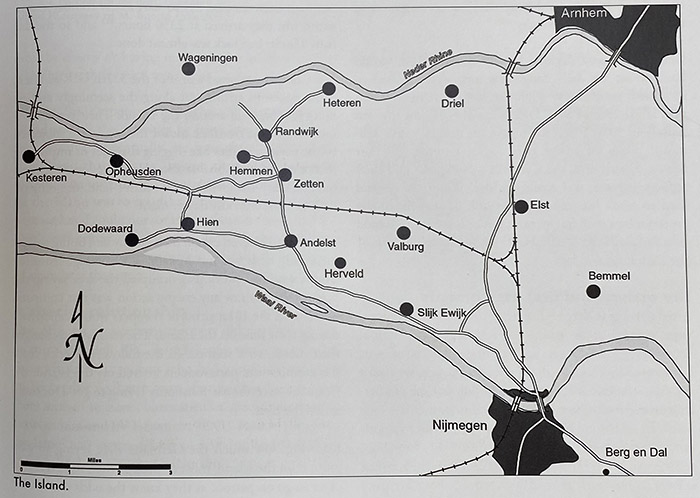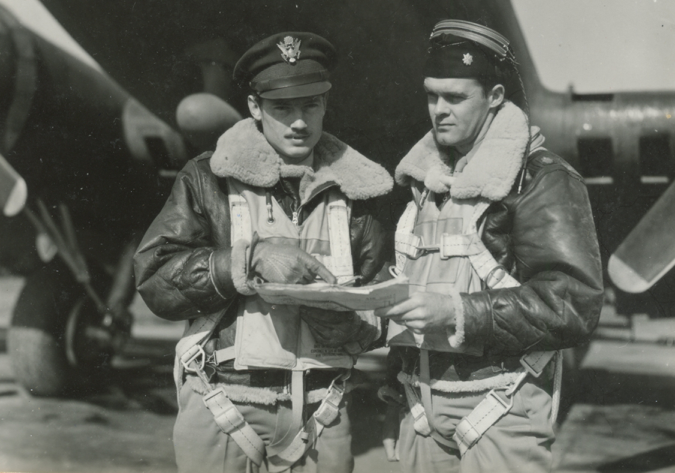Fox Company
On This Day 78 years ago: Fox Company at the Island
Operation Market Garden had officially ended on September 25, 1944, without reaching the desired end state as the American, British, and Polish forces had failed to establish a bridgehead at Arnhem across the Rhine. With its subsequent withdrawal of the survivors of the battle at Arnhem, the participation in the liberation of the Netherlands was far from over for the 101st’s Airborne paratroopers. Most of the Screaming Eagles had expected to be pulled out of the line at the end of September, but instead of that the 101st Airborne Division was placed under the control of the British XII Corps on the 28th and transferred north, to the existent front line at an area that got the nickname “The Island”.
The Island
The Island is a piece of land, five kilometers at its widest, that lies between two rivers, the Lower Rhine and the Waal. The 101st Division was ordered to take over the positions of the British 43rd Wessex Division in that area. Just one battalion of the Duke of Cornwall’s Infantry would remain behind as a strategic reserve. A new task was waiting for the Screaming Eagles. It was a change from maneuver warfare to static warfare in prepared defensive positions.
Featured image: Courtesy of Mark Bando
Warfare
Due to heavy demands for manpower, the British were pressed for troops, and the paratroopers of the 101st (as well as those of the 82nd) found themselves in positions that resembled the trench lines of World War I. Occasionally, the paratroopers of both these divisions experienced artillery duels between the Germans and the British artillery units who were in support of them. Besides these artillery duels, the US troopers were also involved in infantry clashes as the Germans occasionally infiltrated their positions on the Island. These moments turned out to be some of the fiercest battles these troopers had experienced so far.
Fox Company’s first week
So, at the beginning of October 1944, after a couple of days of what seemed an easy period for the Fox Company troopers, they were relieved from their defensive positions at St. Oedenrode. On Tuesday, October 3, at 1000 hours, all the Fox Company men boarded trucks and were transported to a position about a mile west of Berg en Dal, a small town close to the city of Nijmegen. As they started as the divisional reserve for the next four days, their start at the Island was not that bad.
This is a short story about the operations of Fox Company’s paratroopers in the Netherlands, as described in the book: From the Frying Pan to Mittersill, Fox Company, 502nd Parachute Infantry Regiment (1942 – 1945). If you are interested in learning more about this courageous Fox Company paratrooper, order your copy now!


